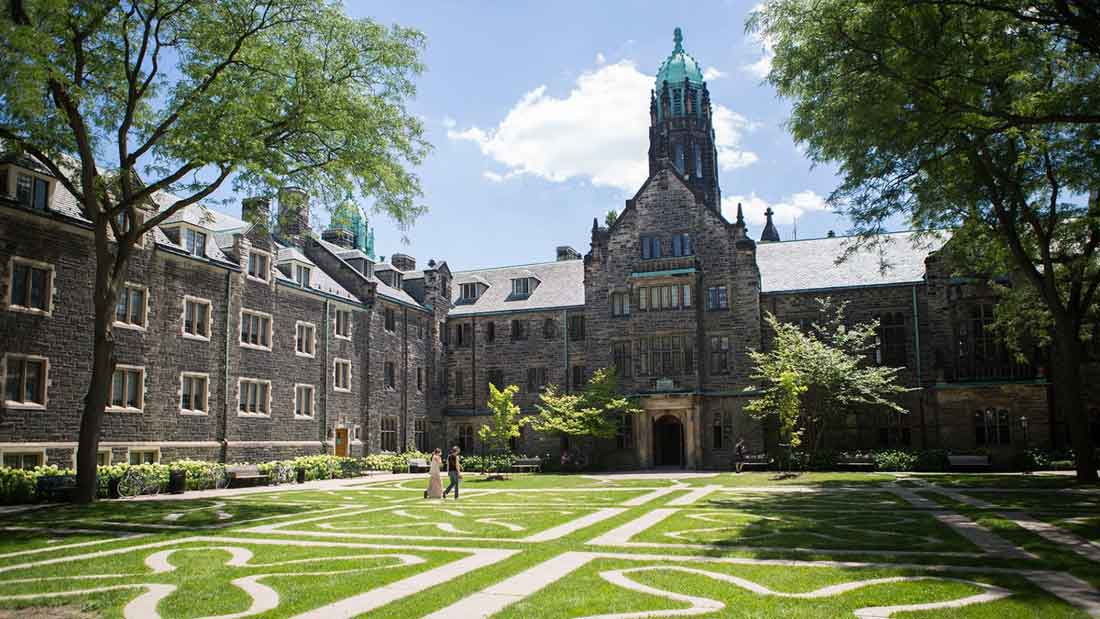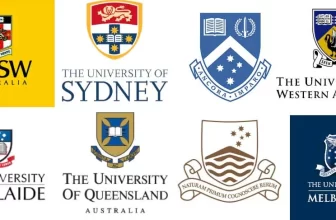
Ultimate Guide to Understanding the University of Toronto Acceptance Rate
Ever wondered just how hard it is to get into one of Canada’s most prestigious universities? You’re not alone. Every year, thousands of students worldwide have their sights set on one place: the University of Toronto. And the first question that pops up is always the same,
“What is the University of Toronto acceptance rate?”
Well, you’re in the right place.
As a study abroad advisor with over 20 years on the ground, I can tell you this: acceptance rates are more than just numbers. They’re clues. Indicators. Sometimes myths wrapped in anxiety. But also, a map. A map that tells you how to plan, when to apply, and where to sharpen your profile.
So let’s unpack it. No fluff. No jargon. Just the real deal.
So, What Is the University of Toronto?
Before we zoom in on acceptance rates, a quick refresher.
The University of Toronto (U of T) isn’t just Canada’s top-ranked institution, it’s a global powerhouse.
Ranked consistently among the top 25 universities in the world, U of T has a research output that rivals MIT and Oxford.
It’s spread across three campuses, St. George (downtown Toronto), Scarborough, and Mississauga, with over 90,000 students enrolled. Yes, you read that right. It’s one of the largest and most competitive academic institutions in North America.
Now you see why everyone’s asking about how hard it is to get in.
What is the University of Toronto Acceptance Rate?
Let’s get straight to it.
As of the most recent data, the average University of Toronto acceptance rate is approximately 43%.
That’s right, not as soul-crushingly low as Ivy League schools, but still competitive. Especially when you consider U of T gets over 90,000 undergraduate applications every year from both domestic and international students combined.
But hold up, this is just the average. Acceptance rates at U of T vary wildly based on program, faculty, and yes, even your academic background.
Let’s break it down.
Program-Specific Acceptance Rates: Where It Gets Real
A 43% overall rate doesn’t tell the full story. Far from it.
Here’s the truth:
Some programs are a walk. Others? Brutal.
Here’s a glimpse:
- Computer Science (St. George campus): Often listed among the top 10 CS departments globally, this program sees an acceptance rate of under 15%.
- Rotman Commerce: One of the most competitive business programs in Canada, acceptance rate hovers around 12–15%.
- Engineering Science: Think U of T’s version of MIT-level Engineering. Acceptance here can dip below 20%.
- Humanities or Social Sciences: These typically have higher acceptance rates, often in the 50–60% range, especially on Mississauga or Scarborough campuses.
Point is, don’t just check the university’s overall rate.
Check your program’s selectivity. That’s the number that matters more for your admission chances.
Do International Students Face The Same Odds?
Ah, the big one.
Here’s where many applicants start to sweat. And fair enough, the stakes feel higher. But here’s the honest take:
Yes, international students are held to high standards, but U of T is not here to shut doors. Quite the opposite. The university is actively looking for global talent. In fact, over 25% of its student population is international, representing more than 160 countries.
So what’s the University of Toronto acceptance rate for international students specifically?
It generally sits between 20–30%, depending on:
- Country of origin
- Academic equivalency
- Competitiveness of the selected program
- Quality of personal statements and reference letters (yes, they count)
So yes, it’s more selective for international applicants, but not hopeless, not by a long shot.
Why Is U of T So Competitive?
It’s not just the rankings. It’s the reputation. The outcomes. The location.
Toronto isn’t just Canada’s largest city, it’s a global hub for business, tech, healthcare, and culture. U of T students get front-row access to every opportunity out there.
Here’s some quick-fire context:
- U of T ranks 1st in Canada for employability
- Home to 11 Nobel laureates
- Produces more research than any other Canadian university
- Hosts over 700 undergraduate and 200 graduate programs
This kind of profile attracts top students from everywhere. Hence, the fierce competition for spots.
How Does U of T Choose Its Students?
Forget just ticking academic boxes.
While academics will always be the backbone, here’s what else matters (a lot):
- Your High School Grades
No surprise here. For most programs, you’ll need a minimum average in the mid-80s range (or equivalent), though competitive programs can require high 90s. - Supplementary Applications
Programs like Engineering, Rotman Commerce, or Architecture often have supplementary applications, essays, video interviews, or extra forms.
These can make or break your admission. - Course Prerequisites
Taking IB? A-Levels? AP? Or your national board exams? Doesn’t matter, you need the right subject mix for your chosen program.
Miss even one requirement, and you’re likely out. - Consistency
They love students who’ve shown sustained performance. Not just high spikes during final year. - English Language Proficiency
For non-native speakers, expect to submit IELTS (6.5–7.0), TOEFL (minimum 100 iBT), or equivalent scores.
Worried You’re Not a Top 5% Genius?
Good. That means you care.
But don’t panic.
U of T isn’t only seeking perfect students. It’s looking for well-rounded, curious minds who want to stretch beyond textbooks. If your grades are solid, your application story is compelling, and you’ve chosen your programs strategically, you have a real shot.
How to Strengthen Your Application
Years advising students across continents have taught me this:
A good application gets noticed. A smart application gets admitted.
Here’s your winning checklist:
- Aim higher than the minimum GPA. Set your sights 5–10% above target cutoffs for better positioning.
- Research your faculty. Know exactly what your dream program wants, not just in grades, but in strengths, soft skills, interests.
- Nail the supplementals. Whether it’s an essay on business ethics or why you want to study Civil Engineering, own your story.
- Pick the right campus. St. George is the most competitive. Mississauga and Scarborough may give you stronger odds with equally strong faculty support.
- Apply early. Don’t procrastinate. Early applicants generally get earlier decisions, and more peace of mind.
And Now… Is It Worth It?
It is. Unequivocally.
Because once you’re in, you’re set for life.
Graduates of the University of Toronto routinely land jobs at Google, McKinsey, Amazon, UN, RBC, and more. They publish, lead and invent. They transform industries.
The global alumni network is over 650,000 strong.
In short, you’re not just applying to a university. You’re entering a global legacy.
Final Word: Don’t Let The Numbers Intimidate You
Yes, the University of Toronto acceptance rate is competitive.
Yes, it varies depending on program and applicant profile.
And yes, it’s absolutely worth trying for.
But here’s the truth no one says out loud:
Every year, thousands of students just like you get in.
Why not you?
Prepare well. Apply smart. Submit early.
Remember: it’s not just about numbers, it’s about fit. And if you truly believe you belong at the University of Toronto, that belief will echo through every part of your application.
Note: All statistics in this blog have been verified using university-published data and industry research as of August 2025. Stay informed. Stay inspired. Keep dreaming big.





